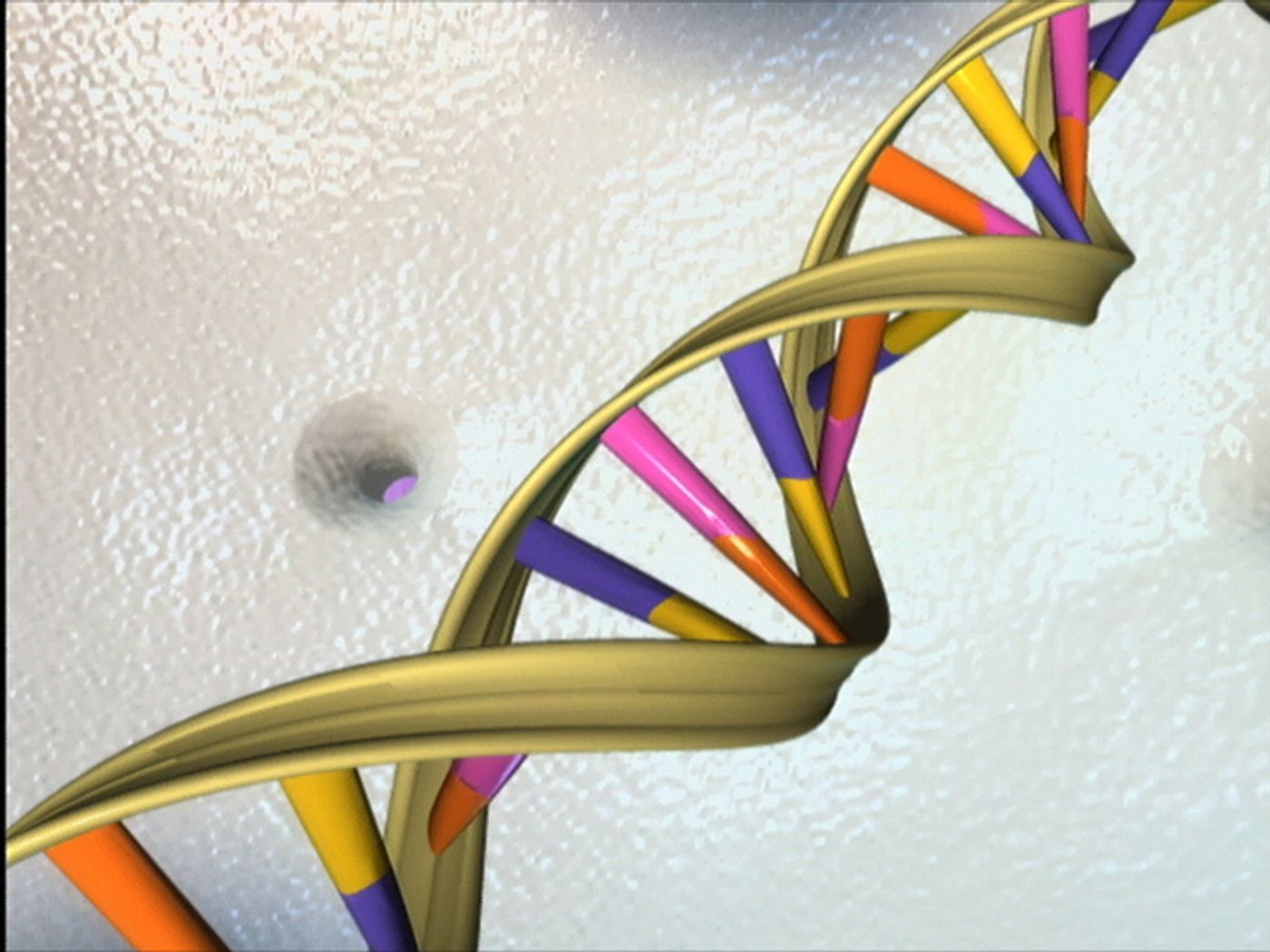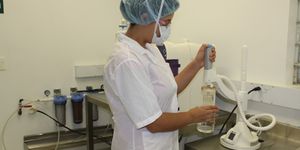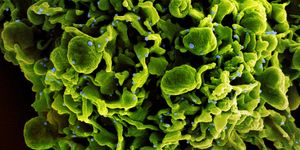DNA Supercoiling is Found to Play a Role in Gene Expression
A cell has many ways to regulate gene expression, one of which is the structure of the genome itself; active genes have to be accessible to the cellular machinery to be expressed. The DNA in the cell's nucleus is thought to be in a dynamic state in which it twists and untwists regularly, making certain areas available and limiting others. When a gene is being expressed, the two strands of DNA are unwound, which puts an extra twist on the nearby areas, supercoiling it. Researchers have now found that the cell doesn't waste that supercoil, it uses it to exert another facet of gene regulation. The findings have been published in Cell Reports.
"These results are a first step towards understanding supercoiling as an important regulator of the genome and not only as a problem associated with the metabolism of DNA," said Felipe Cortés, head of the DNA Topology and Breaks Group at the Spanish National Cancer Research Centre (CNIO).
The researchers suggested that this type of genetic regulation only applies to certain genes, like those that are induced rapidly - on the order of hundreds of times in the span of a few minutes. These types of genes might be responding quickly to stress, hormones, signals that control cell growth, or neuronal stimulation, for example.
DNA supercoils have to be relaxed, and enzymes called topoisomerases can help reduce that stress in the molecule. They can assist when there are too many, and too few turns in the double helix of DNA compared to its normal structure. The topoisomerase TOP2A helps control the expression of genes that respond rapidly.
In this work, the researchers showed that TOP2A can eliminate negative supercoiling at gene promoters, which increases the turns in DNA strands in those regions. As that happens, the double helix is prevented from opening, and a molecule that transcribes active genes called an RNA polymerase can't advance, which leaves it ready to trigger gene activation quickly when the cell needs it.
"Topoisomerases are considered gene activation facilitators, although here we demonstrate that topoisomerase TOP2A acts in the promoter regions of genes such as c-FOS [cell proliferation regulator] to keep them repressed, but creating a particular topological context that allows them to be activated quickly in order to provide an immediate response to stimuli," said Cortés.
This type of gene regulation could be critical to some of the cell's most fundamental processes, but more work will be needed to learn how often the cell uses it. The researchers suggested that DNA supercoiling may also have other applications for the cell, such as enhancing interactions between DNA and molecules that help control gene expression.
"The paper also opens up the possibility of using topoisomerase inhibitors to modulate these processes and cellular responses, and perhaps even as possible anti-tumor therapies," noted Cortés.
Sources: AAAS/Eurekalert! via University of Seville, Cell Reports









